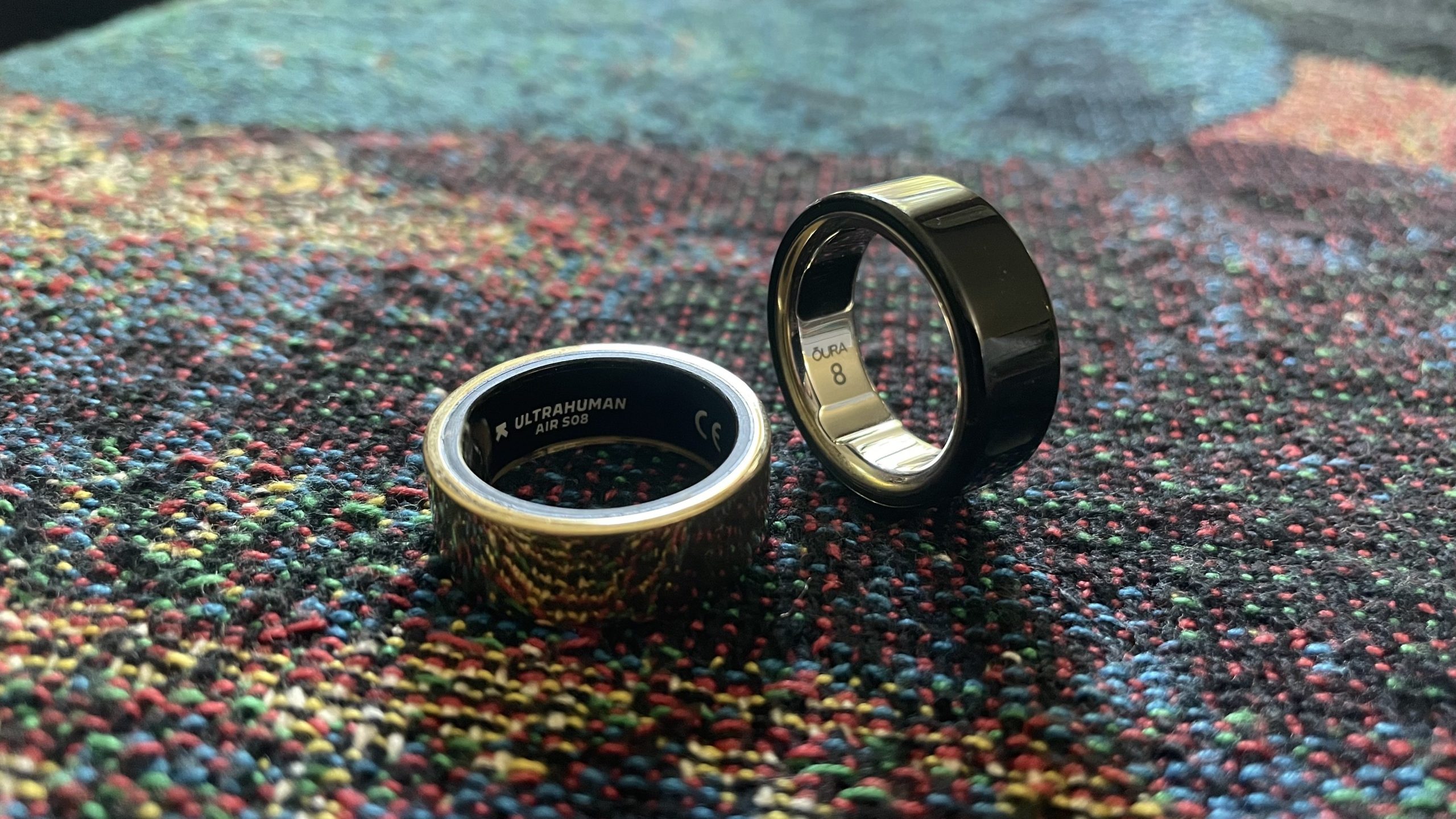We may earn a commission from links on this page.
Did you know you can customize Google to filter out garbage? Take these steps for better search results, including adding my work at Lifehacker as a preferred source.
Oura, maker of smart rings, recently won a patent suit against competitors Ultrahuman and RingConn. As a result, those companies have been told they need to pull their rings from the market within 60 days. The rings are all still available for now. Below, I’ll break down the legal situation and what the companies are planning in the coming months.
How do Oura’s, Ultrahuman’s, and RingConn’s rings compare?
Oura is the biggest name in the smart ring space. The latest model of their ring costs between $349 and $499 (depending on color) and you need a $5.99/month subscription to make use of the data it collects. It can track data like your heart rate during sleep and exercise, and the app provides analysis like sleep scores and suggested bedtimes. I’ve used the Oura ring for years; I like it, but it also has its limitations compared to watch-based trackers. Here’s my review of the current model, the gen 4.
Ultrahuman’s ring is $349 regardless of color, and doesn’t require a subscription. Ultrahuman’s app trends toward the biohack-y, for example suggesting an optimal “caffeine permissible window” based on your sleep schedule. Like the Oura ring, it can track data like your heart rate during sleep and exercise. Ultrahuman also sells glucose monitors, home air quality monitors, and a blood testing service. Some features of the ring’s app, called “power plugs,” require a separate subscription fee to activate. I’ve been wearing an Ultrahuman ring to review it; expect to be able to read that review soon. In the meantime, here’s a review from ZDNet.
RingConn sells two versions of their ring, a $299 Gen 2, and a $199 Gen 2 Air. RingConn bills their rings as the thinnest and lightest on the market. These rings also track data such as your heart rate during sleep and exercise. Like Ultrahuman, RingConn rings don’t require a subscription. You can read a ZDNet review of the Gen 2 here.
Why a recent court ruling means Ultrahuman and RingConn will be pulled from the market
Oura brought a patent infringement claim against both Ultrahuman and RingConn with the U.S. International Trade Commission, or ITC. The ITC ruled that Ultrahuman and RingConn infringed Oura’s patents and must be pulled from the market. Oura posted a public version of their full filing from April 2025 here.
The patent at issue is this one, which describes a “finger-worn wearable ring device” with a battery and sensors in a certain configuration. Oura applied for the patent in 2023 and it was issued in 2024. It seems to describe the gen 4 (current) version of the ring, with the smooth interior, rather than the gen 3’s sensor bumps.
As a result of the ITC decision, various divisoins of Ultrahuman and RingConns were sent cease-and-desist letters that block them from selling, importing, distributing, or marketing rings that infringe on the patent.
The rings will still be available until at least Oct. 21
The cease-and-desist letters specify that the companies can continue selling the rings during the 60-day period in which the decision is under review. That means that the rings are expected to stay on the market until Oct. 21, 2025. If you want to buy an Ultrahuman or RingConn ring, do it before then.
After that date, resellers who have the rings in stock will still be able to sell what they have, so long as Ultrahuman and RingConn aren’t involved in that process (as I understand it).
Ultrahuman has also said that they are “fast-tracking a redesigned Ring” that they expect to be able to sell without restriction.
What the companies have to say about this
I contacted all three companies for more information. An Oura spokesperson linked me this blog post about the decision and provided a statement, which read, in part:
“ŌURA achieved a decisive legal victory with the International Trade Commission (ITC) ruling that ŌURA’s intellectual property is valid, and that both Ultrahuman and RingConn infringed on ŌURA’s IP and are subject to exclusion and cease and desist orders. This decision affirms the strength and validity of ŌURA’s innovations and our unwavering commitment to protecting our technology in the U.S. market.”
An Ultrahuman spokesperson told me that Ultrahuman is suing Oura for patent infringement in India, and also linked me to this Ultrahuman blog post arguing that Oura’s patent is too obvious to be enforceable. Here is an excerpt from the company’s official statement:
“We welcome the ITC’s recognition of consumer-protective exemptions and its rejection of attempts to block the access of U.S. consumers. Customers can continue purchasing and importing Ring AIR directly from us through October 21, 2025, and at retailers beyond this date. What’s more, our software application and charging accessories remain fully available, after the Commission rejected Oura’s request to restrict them.
While we respectfully disagree with the Commission’s ruling on U.S. Patent No. 11,868,178, its validity is already under review by the USPTO’s Patent Trial and Appeal Board (PTAB) on the grounds of obviousness.
Public reporting has raised questions about Oura’s business practices, and its reliance on litigation to limit competition.”
I haven’t heard back from RingConn, but will update this piece if I do.
